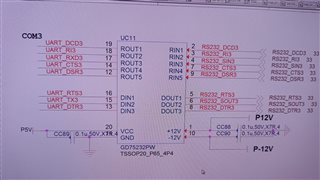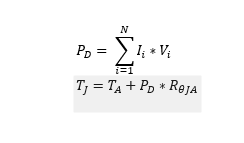Hi,
We use the GD75232 for the RS232 driver in the product, we measure GD75232 surface temperature is more than 80℃ when power on, but the RS232 commuincate is normal;
Now, we have no idea if this temperature is normal or abnormal;
We temporary determinate the temperature is abnormal, and we we test GD75232 circuit as below step:
1. We remove the load, the temperature is also more than 80℃ and there are no improve;
2. We continue remove the input signal circuit, we only reserve +/-12V VDD/VSS power(On board) input in and GND, the temperature is also more than 80℃ and there are no improve;
3. We use the external +/-12V VDD/VSS power input and GND(Off board), the temperature is also more than 80℃ and there are no improve;
4. We only use the +12V VDD power input and GND, and the input current of VDD is 2.6mA; And we add -12V VSS and the input current of VDD is 10.7mA(The normal current in datasheet is 5mA max.);
5. We have no idea that how to solve the issue, pleaes kindly help, thanks.
The schemaitc diagram please refer to below:



